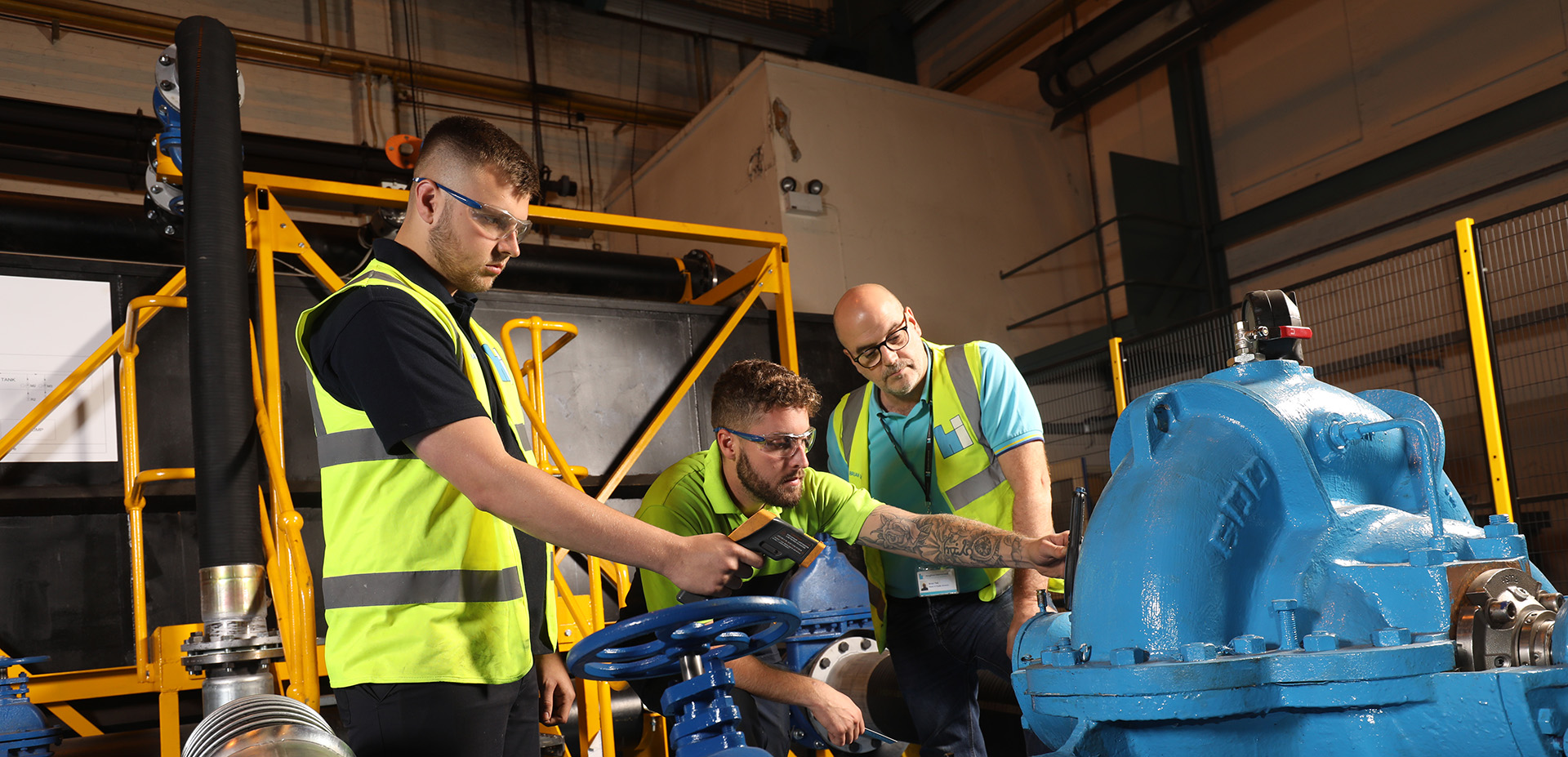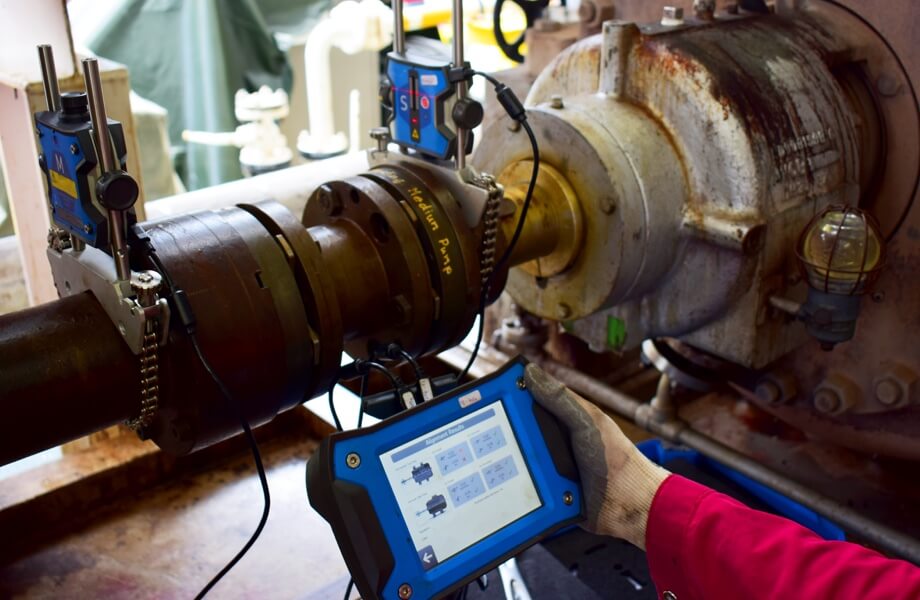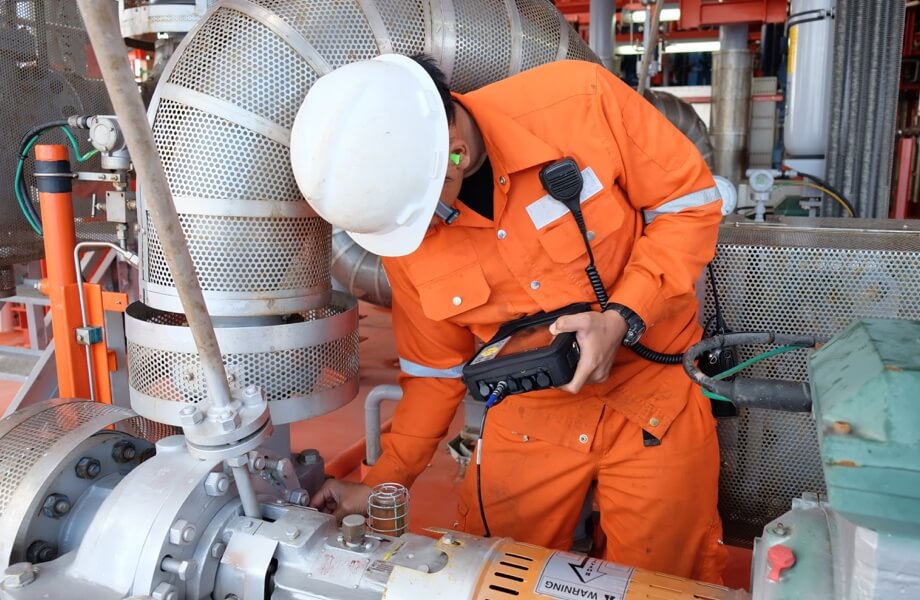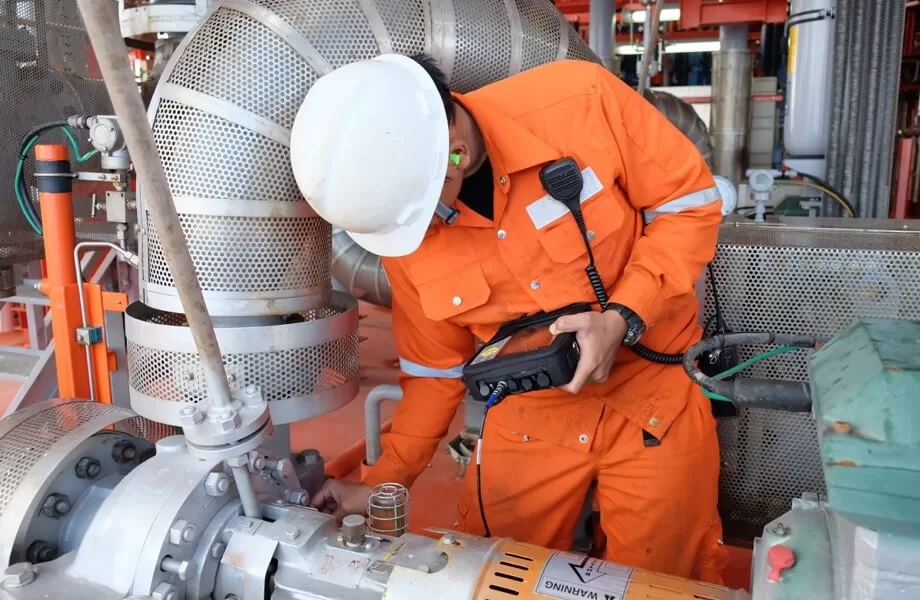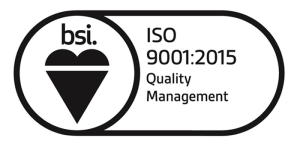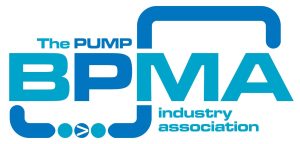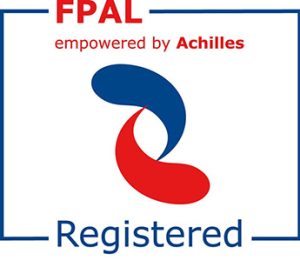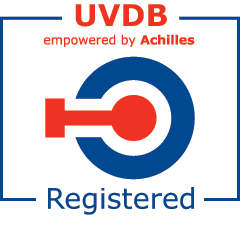Rotating equipment such as pumps and motors can be a costly asset, they are not immune to failure and can unexpectedly break down at any time if not properly maintained. When things are running smoothly, it is easy to overlook common maintenance tasks and justify that it is not worth the time to regularly inspect and replace parts. In spite of this, the failure of such critical assets must be mitigated if not eliminated because it often impacts safety, regulatory compliance, operational throughput or cost. Therefore, it is vital to ensure that such equipment has a programme of maintenance to ensure the longevity of the pump.
By adopting a maintenance programme for a critical pump for instance, a business can prevent costly downtime and improve performance. A good maintenance programme will help identify a problem in its infancy stage, allowing you to put a plan in place to do the repair during your next shutdown period. It also lets you maintain pumping capacity to ensure the pump is running as efficiently as possible and reduce future costs by prolonging the life of the pump. A detailed record of preventive maintenance performed and required repairs should be kept, helping diagnose problems and to minimise any future equipment downtime.
Routine preventative maintenance practices should include the monitoring of bearing temperature, vibration, bearing lubrication, amps (power) readings, suction and delivery pressures. These readings and figures will help identify mechanical and hydraulic problems in the early stages. By comparing them to the test and commissioning data, you can set a predetermined level of internal wear which is acceptable to the process and the pump, to use as the basis of your maintenance plan. It is also worth noting that during the annual assessment of a pump’s performance, any changes in the benchmarks should be recorded and used in determining the level of maintenance that may be required to get the pump back to operating at its Best Efficiency Point (BEP).
When planning the maintenance of a pump as part of a predictive maintenance programme, it is worth considering condition monitoring. Condition monitoring is performed to show the pump decreasing in performance, as opposed to predefined scheduled intervals. It is a maintenance approach that monitors the actual condition of a pump to decide what maintenance needs to be done on certain pump components when the set level is reached.
Other benefits to adopting this maintenance approach is that it is performed while the pump is running which reduces the disruption to normal operations, reduces the cost of pump failures thus increasing reliability and minimises the overall time spent on maintenance due an ad-hoc approach. Also, this method will identify when the pump is running left of the BEP and therefore running less efficient.
Another reason to consider condition monitoring is because when it is carried out on the pump, data readings can be digitally stored reducing the need for manual input via the probe fixed on the bearing housing in the pump which is connected to the computer. When performed, condition monitoring will show signs of decreasing performance, increasing vibration and temperature variation.
Brian Tait, Head of Pumps Division at Houghton International, commented: “There are many different types of condition-based monitoring services that can be carried out on pumps. By monitoring vibration, temperature, flow, head both suction and delivery will allow planned preventative maintenance to rectify the problem prior to the machine failing.”
Techniques such as vibration analysis, probably the most widely applied method of condition monitoring for rotating machines, can help detect many serious problems at an early stage, allowing maintenance engineers to undertake remedial work at a time that suits. All rotating electromechanical equipment exhibit a varying degree of vibration but by utilising a vibration sensor, you can detect the how excessive the vibration is. The amount of vibration depends on a number of factors – the exciting force; closeness of frequency of these exciting forces is to structural resonances or their multiples (harmonics); and the restraints the pump structure imposes to vibration.
Vibration can be measured in three basic quantities: displacement, velocity, and acceleration and should be measured when the pump is at its normal steady state operating condition. It is a non-intrusive, fast response, preventative maintenance solution, designed to locate a potential problem and rectify it before it causes further damage to the machinery. It would be carried out at the time the pump is originally commissioned and at every shutdown period at a minimum. A probe fitted and installed correctly to the pump will signal issues identified during operation and trigger an alert when it hits a predetermined level, at which point it would be time to diagnose the problem. Failure to do so will cause the probe to go past the threshold level and cause the pump to cut out causing a trip in the system.
Laser alignment is another key part of the overall condition monitoring process and gives you a firm printed report which is unchangeable. As with vibration analysis, laser alignment detects the smallest deviations in the shaft to give accurate warning of possible breakdowns. The correct alignment is crucial to the smooth running of rotating equipment. Pump and motor misalignment are a common problem that will cause a variety of issues including reduced bearing life, coupling defects, mechanical failure, as well as excessive vibration. Typical alignment errors are parallel misalignment, angular misalignment and combined parallel-angular misalignment. Simple to identify and resolve, the correct alignment of machinery couplings is crucial to prolonging the life of a pump and motor.
Oil and lubrication analysis on the other hand is one of the easiest and most effective condition monitoring tools to identify the condition of a machine. By analysing the results and identifying any changes, any corrective actions and ongoing maintenance can be carried out as required. Trending particle counts can be an early sign of bearing and seal wear long before vibration analysis can be effective. Oil and lubrication analysis is a simple condition monitoring technique that can underline anything from standard particle counts to viscosity changes and instruct you when oil and lubricants in a pump and motor ought to be replaced.
Brian Tait added: “I remember a problem with a stripper circulation pump at the Wilton site for DuPont quite a few years back. This particular pump was critical to the production at the plant and responsible for pumping acid at approx. 240 ºC. For years, a shutdown took place approximately every six months because the white metal bearings in the pump would be completely wiped which in turn would cause the double mechanical seal to leak and wear of internal clearances. This would require the pump to be removed and repaired and a spare pump put into production, which was costly to the business.
“To improve operational throughput and reduce such downtimes, vibration analysis probes, temperature probes and proximity probes were fitted as part of programme of condition monitoring for the pump along with the installation of other additional modifications. A clean acid flush was fitted to the stuffing boxes, to keep the product away from the seal faces and the white metal bearings were scraped in with slightly increased clearance.
“After running for the first six months, the top half bearings were removed for inspection and found to be in perfect condition. There were also no problems with mechanical seals and pump performance was similar to when it was commissioned. Due to the modifications and condition monitoring that was carried out, the pump did not come out for repair for five years and saved the company near £200k over that period.”
There are however a few points to consider when planning to implement condition-based monitoring as part of your maintenance programme. The initial investment cost of the measuring equipment and sensors as well as the subsequent installation needs to be taken into consideration and even then, on older equipment for example, you might have to make modifications to allow monitoring equipment to be retrofitted correctly. Consequently, there is also the investment in time and money of up-skilling maintenance staff to ensure that they can use the condition-based monitoring equipment correctly and safely, and more importantly understanding the readings. This may mean it is only suitable in certain circumstances and an appropriate plan should be developed depending on the criticality of the pump.
All things considered, the benefits of adopting a predictive maintenance system such as condition-based monitoring has become so well accepted by many companies and industries and can prevent costly downtimes, ensure pump efficiency and reduce overhead costs. There are the costs to consider getting this maintenance system in place, however, as this form of maintenance can be carried out in tandem with a pump still in running, it is minimally disruptive to a business’ operation and if carried out correctly, can save the higher investment costs of a brand-new pump.
If you require any further information, please contact us on +44 (0)191 234 3000 or email us at info@houghton-international.com, where we will be happy to discuss your pump needs.
